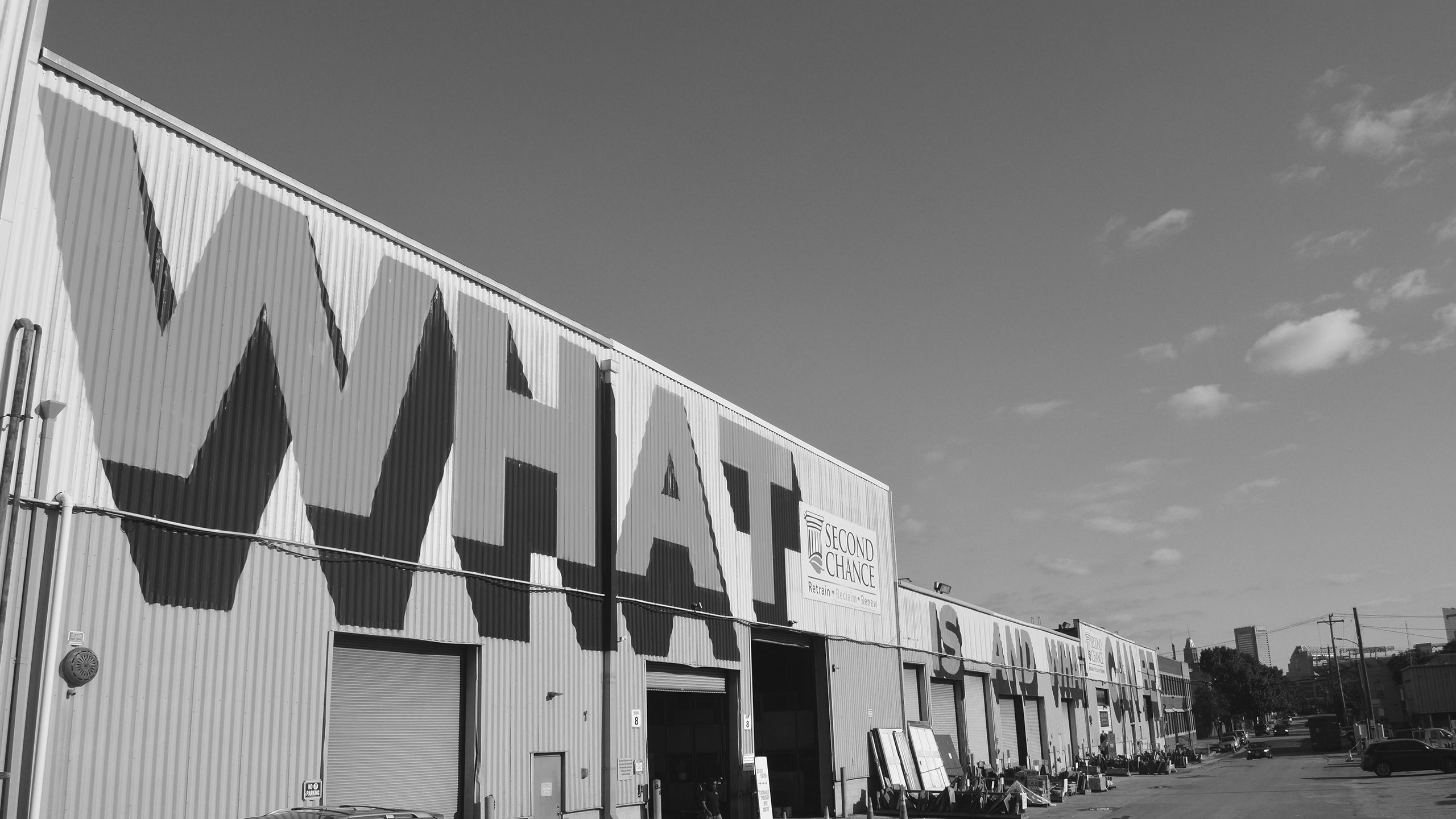Nobody’s Home
Housing blight — concentrated areas of vacant properties — is harming communities across the country and posing a risk to the financial system. But governments seem powerless to turn it around. We're finding out why. A special 10-part series by American Banker.

Nobody’s Home
Housing blight — concentrated areas of vacant properties — is harming communities across the country and posing a risk to the financial system. But governments seem powerless to turn it around. We're finding out why. A special 10-part series by American Banker.
By John Heltman

Listen to the series trailer

“Do You Hear Me?”:
How Blight Is Hurting America
Poverty. Crime. Vacant housing isn't just about empty homes and abandoned lots. It's a problem that is blighting communities across the United States. Nowhere is it more apparent, however, than Baltimore. With 16,000 vacant properties and another 14,000 vacant lots, some residents think they have a solution. But the challenge facing them and other blighted areas is immense.
(Photo: Getty Images)
To read the transcript, click here.
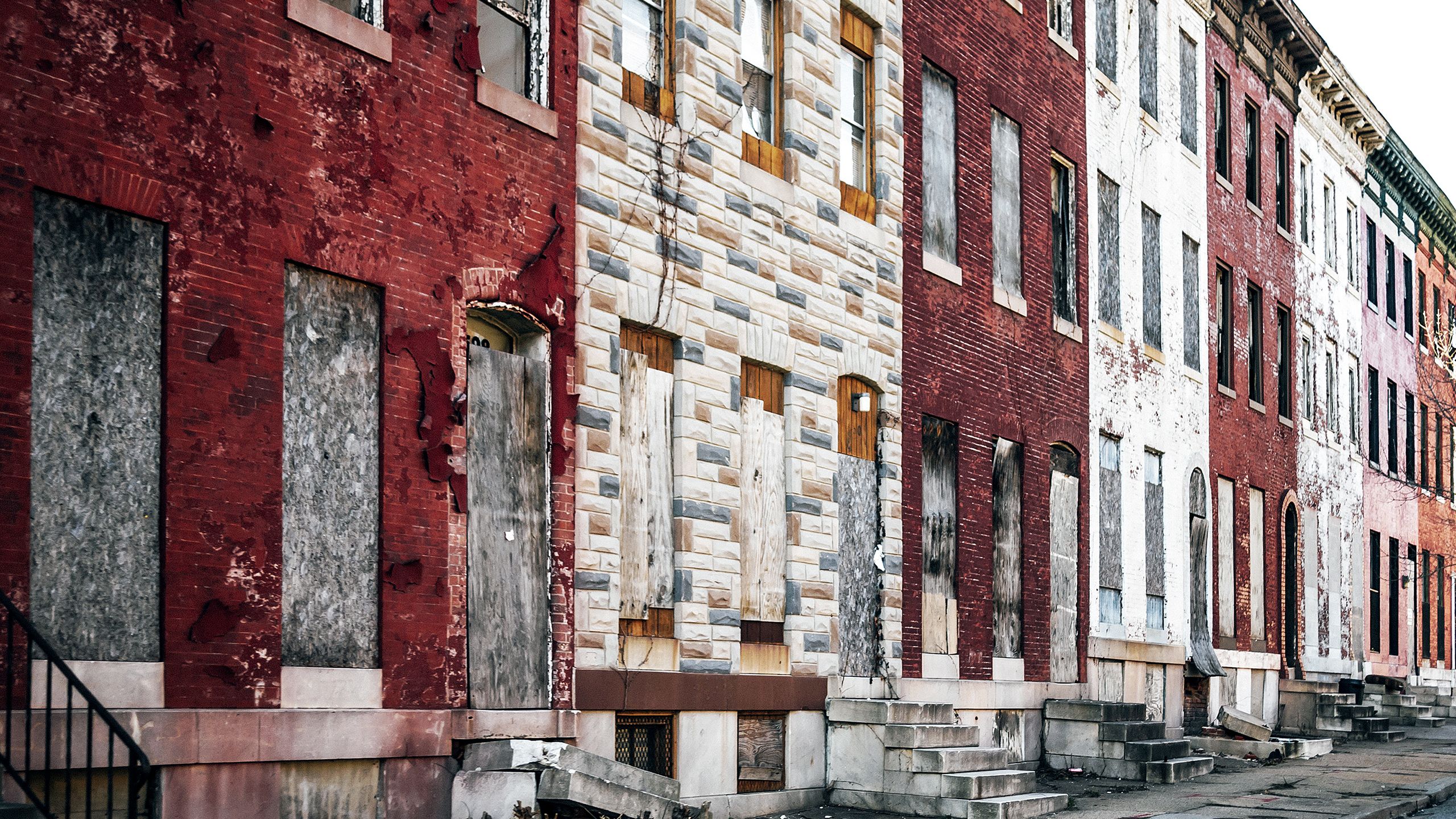


Dead Pledge:
The Rise and Fall of Urban Homesteading
Programs like Dollar Homes were supposed to shore up flagging cities in the 1970’s and 1980’s. What went wrong?
To read the transcript, click here.
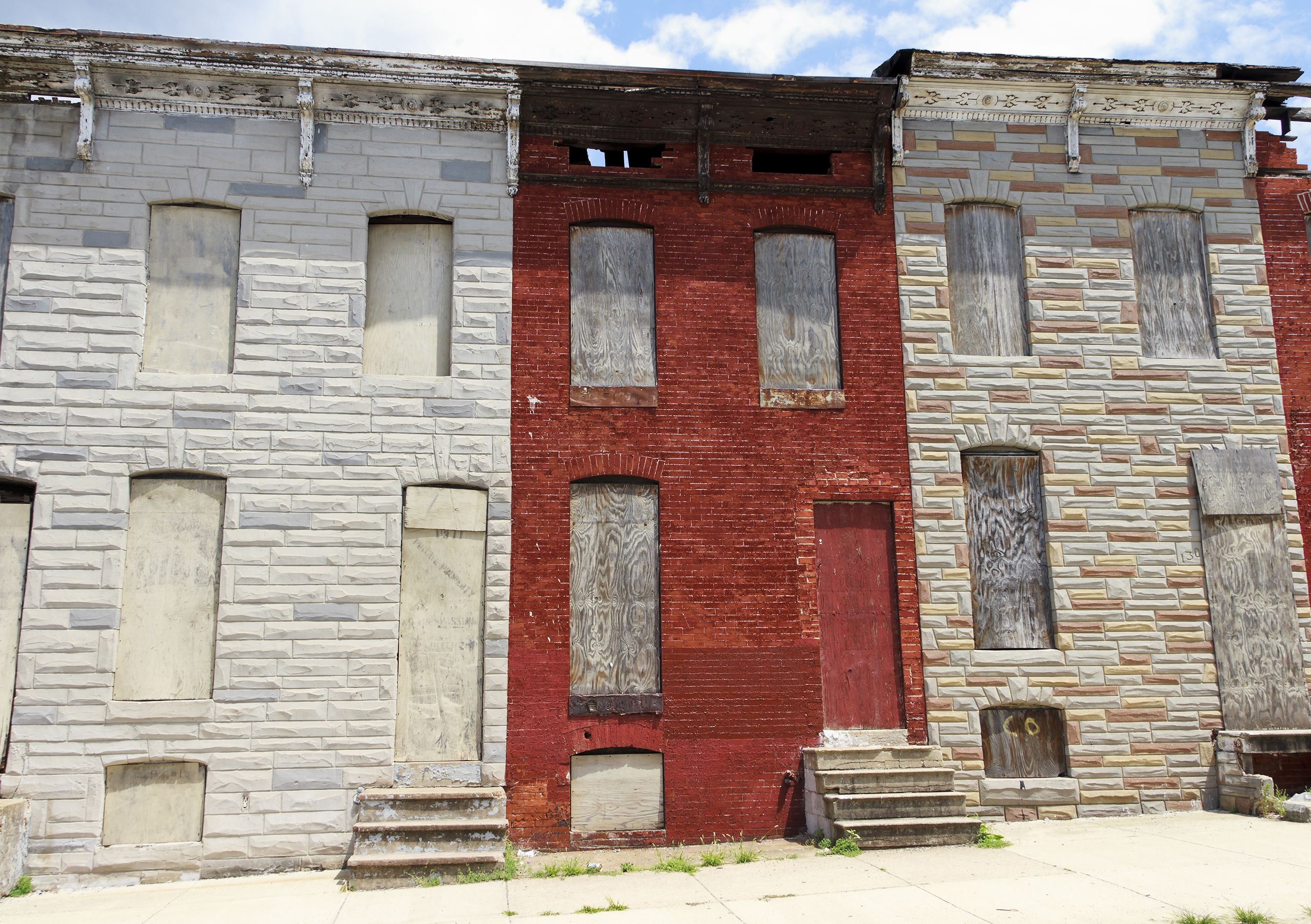
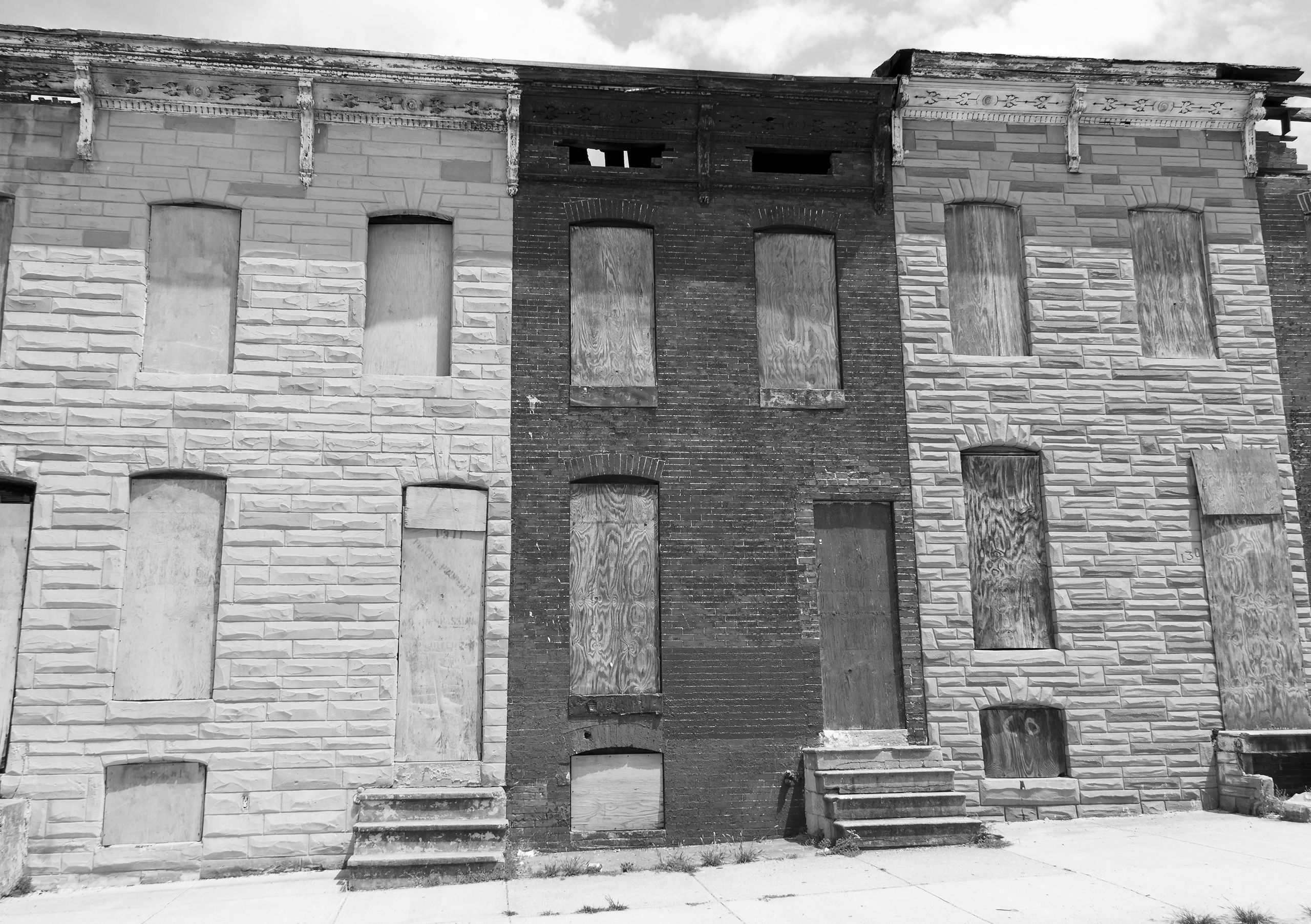

Building From Strength:
Inside Cities’ Battle Against Blight
What does it take to combat vacancy in neighborhoods where it has taken hold? A look into one neighborhood in Baltimore that has bucked the trend, and the approach that city planners use to reinvest in blighted communities.
To read the transcript, click here.



“Brown in a Different Way”:
The Gentrification Dilemma
What happens when neighborhood revitalization is too successful? Some cities have managed to eliminate their vacant housing problems. Yet many now face acute shortages of affordable housing — shortages that hit those cities’ low-income residents the hardest.
(Photo: Bloomberg News)
To read the transcript, click here.



The American Dream:
Is Homeownership Really the Answer?
The 2008 financial crisis nearly destroyed the global economy, and was driven by an asset bubble in what has been among the most secure financial products: the home mortgage. Can policymakers expand homeownership without endangering the financial system? Should they?
(Photo: Bloomberg News)
To read the transcript, click here.

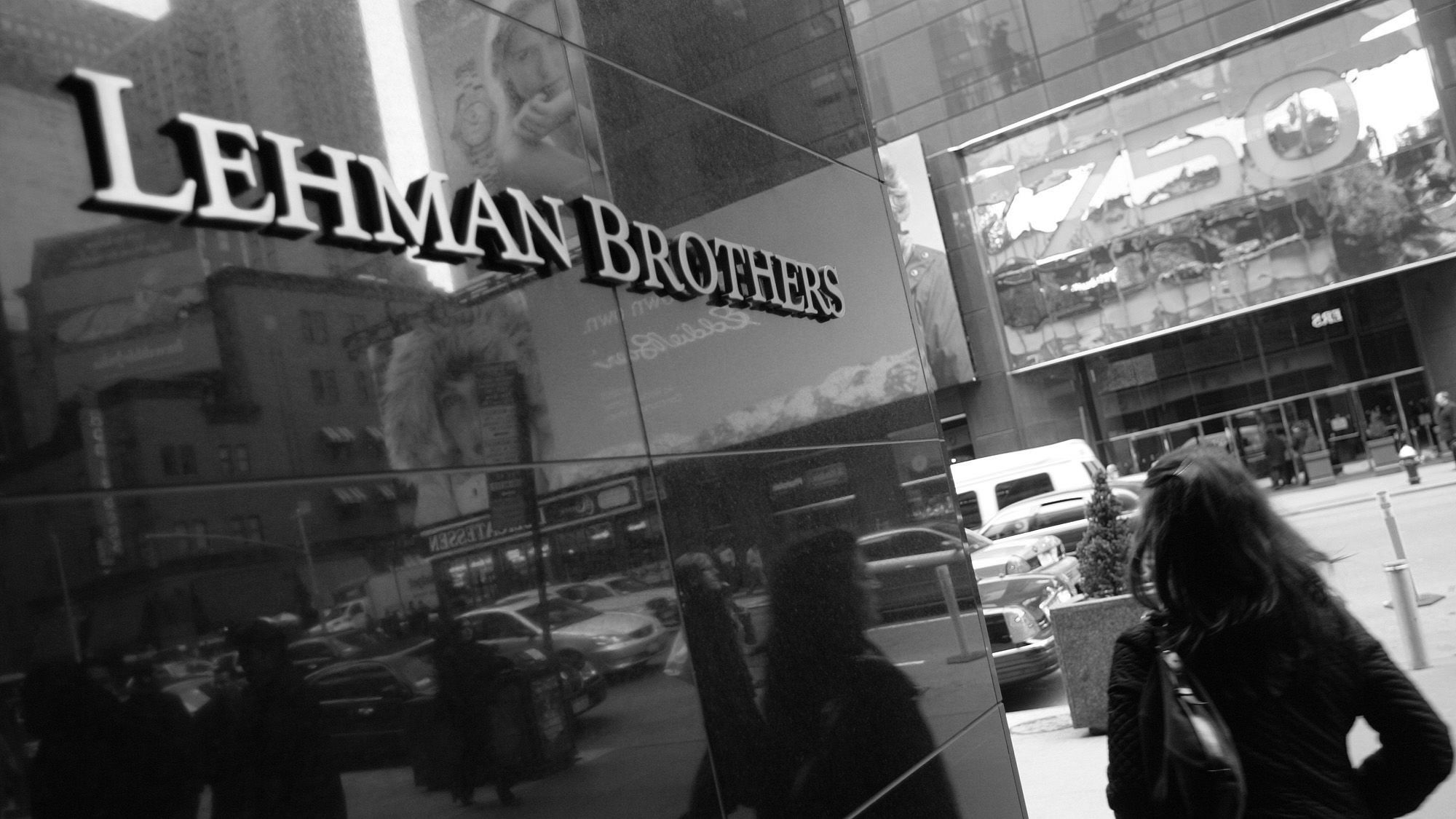

The New Blue Collar Job
People need jobs to afford housing, but how can cities attract more jobs to places that need them the most? And what happens to a neighborhood when drug activity and crime move in after blue-collar jobs move out?
Photo: Baltimore Office of Housing and Community Development
To read the transcript, click here.
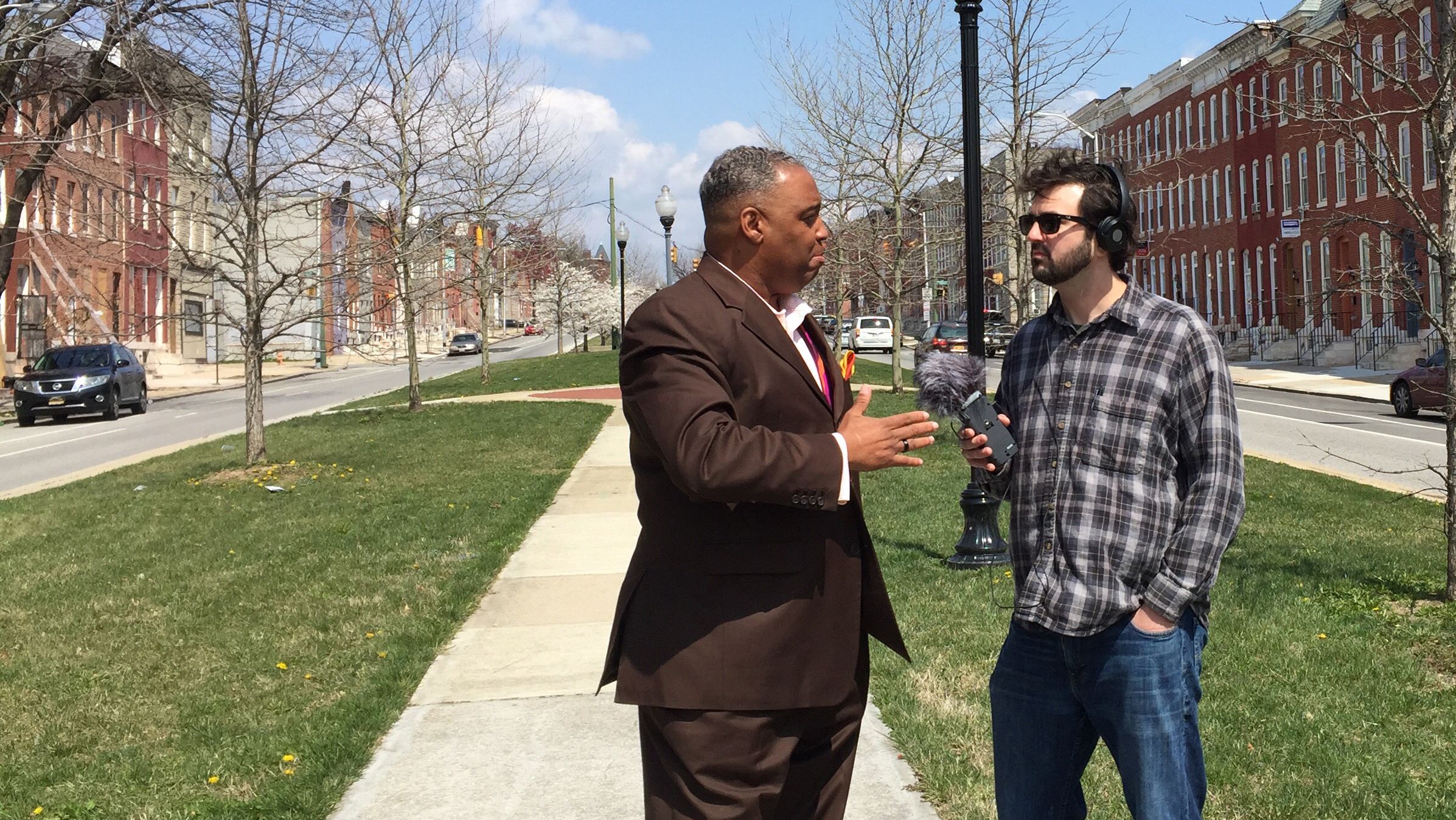


"You're either growing or you're dying"
Small towns across the country struggle with vacant housing as much as cities, even though some of those places have plenty of jobs. Geography and a declining population are forcing many rural communities to make hard choices.
To read the transcript, click here.
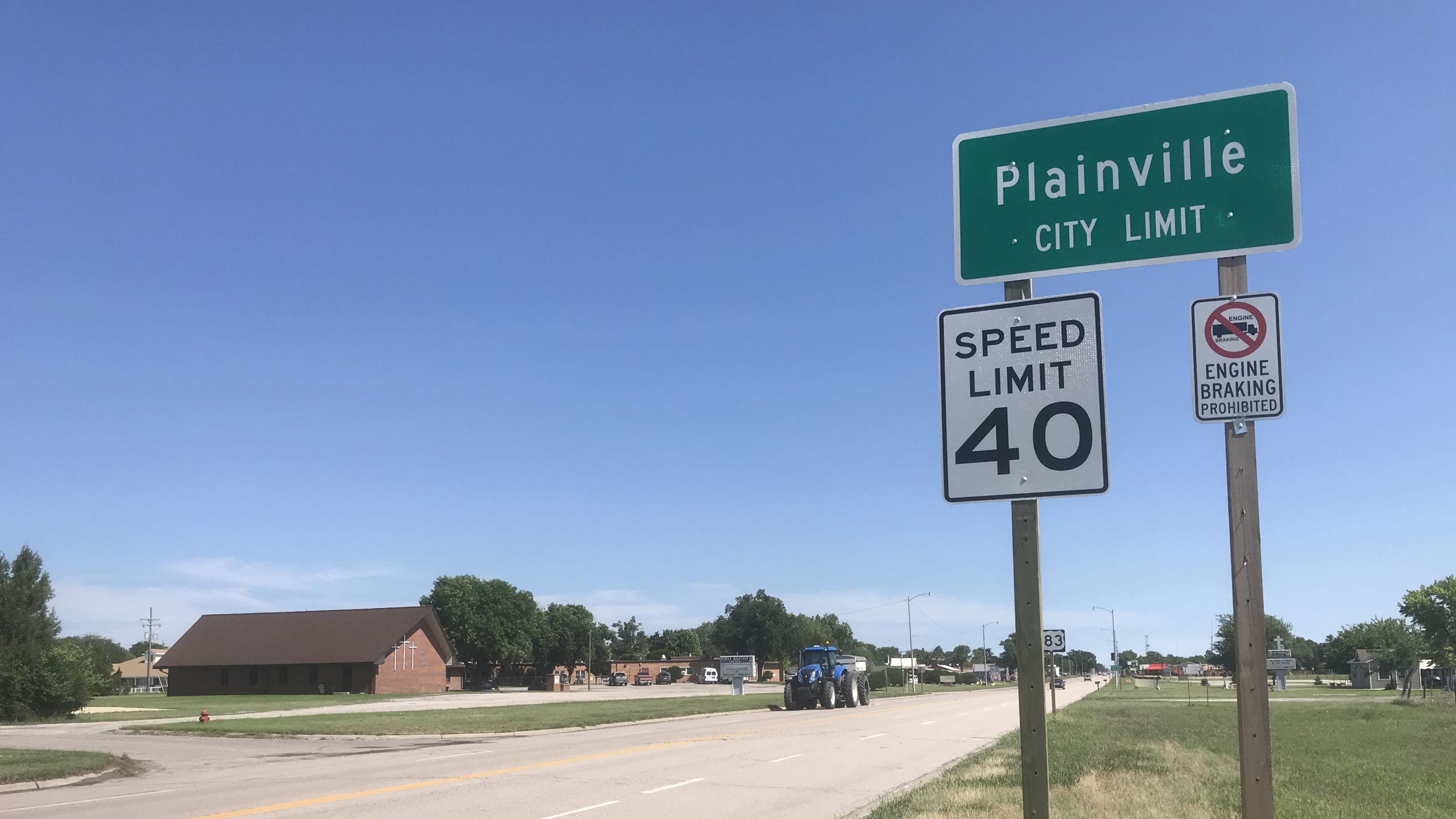
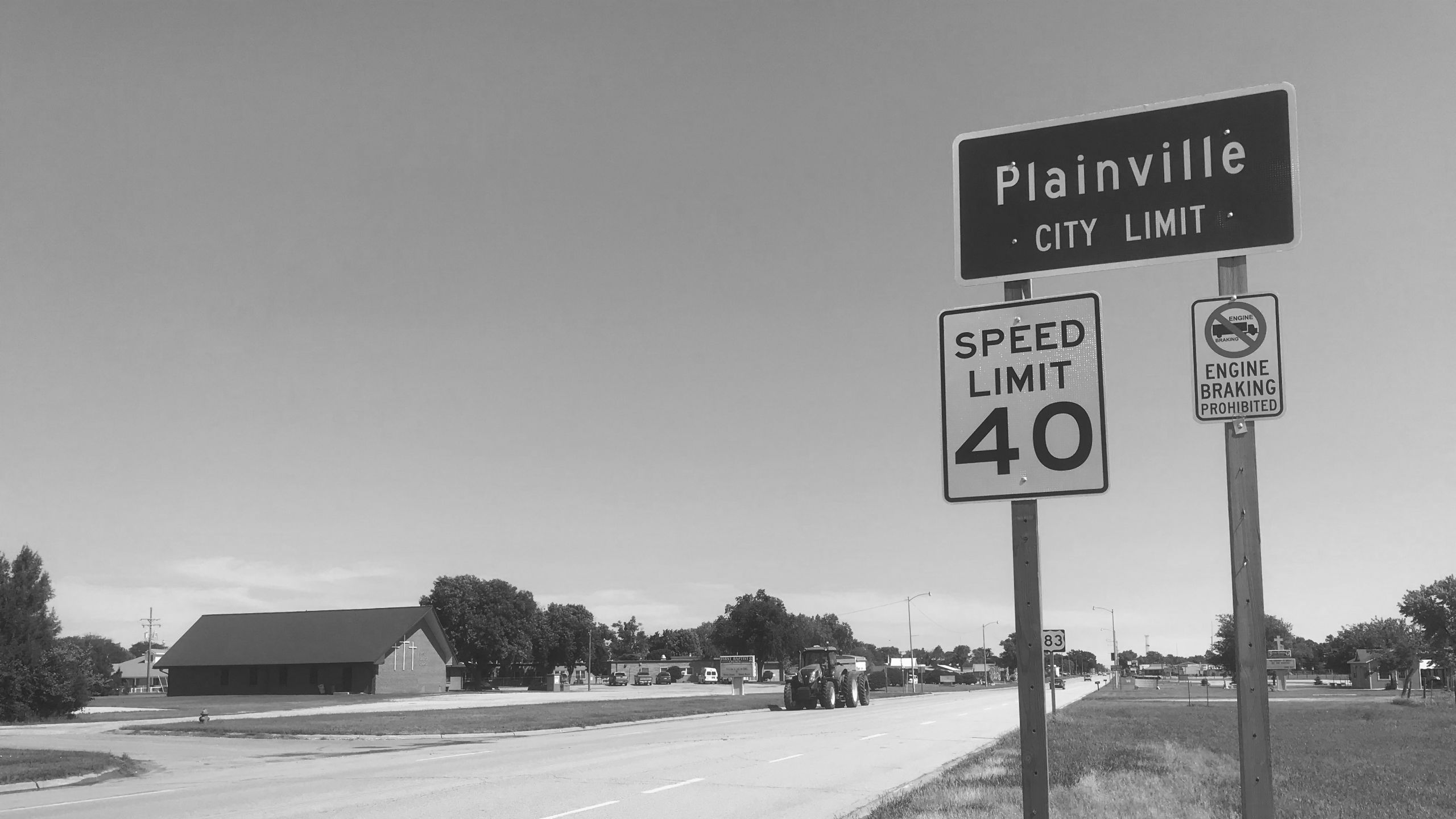

Sweat Equity: What Does it Cost to Build a Home?
The crisis in affordable housing has its roots in the high cost of building entry-level single-family homes. But why does it cost so much to build a house? And what did previous generations do to build affordable housing?
To read the transcript, click here.
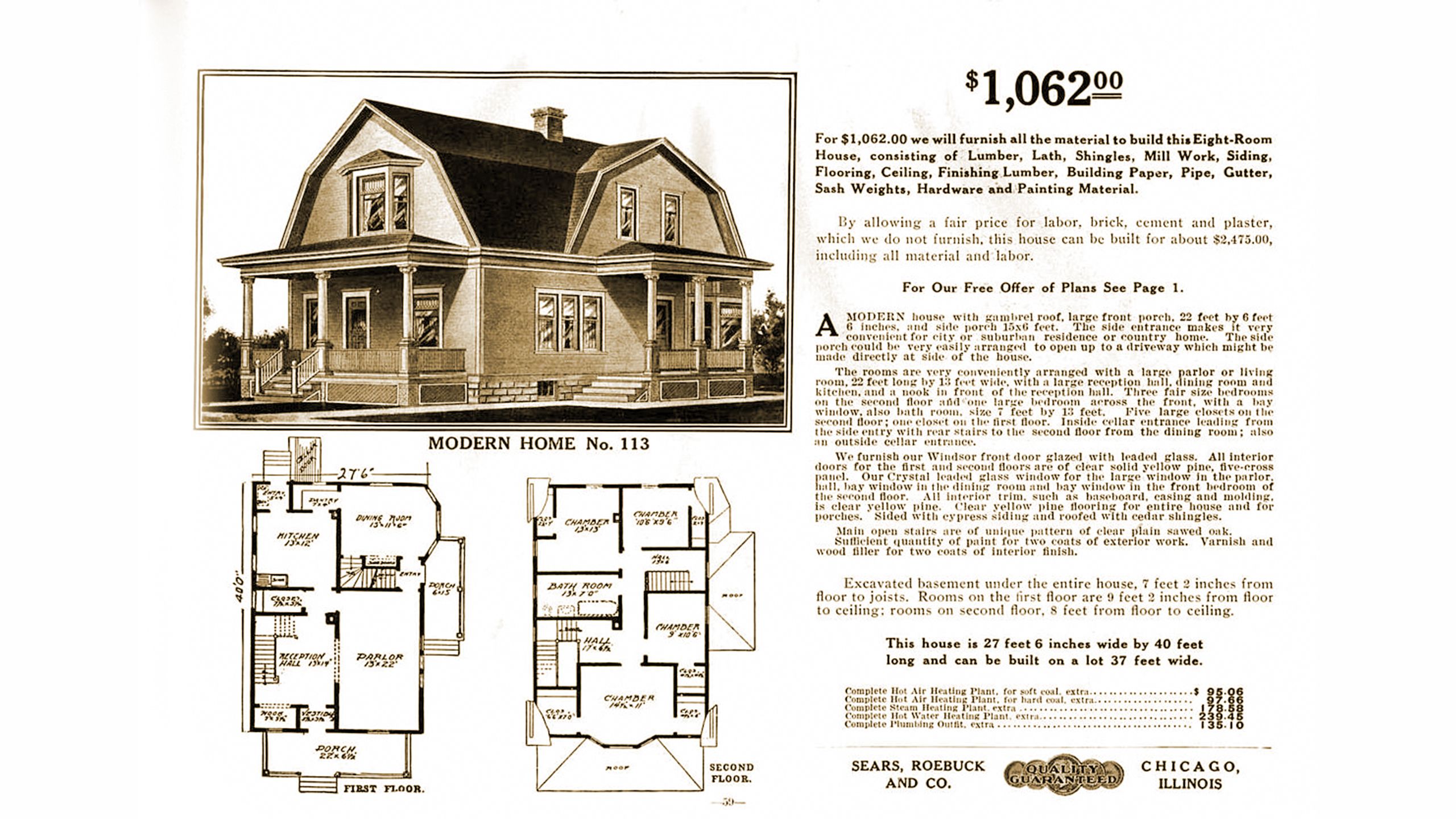
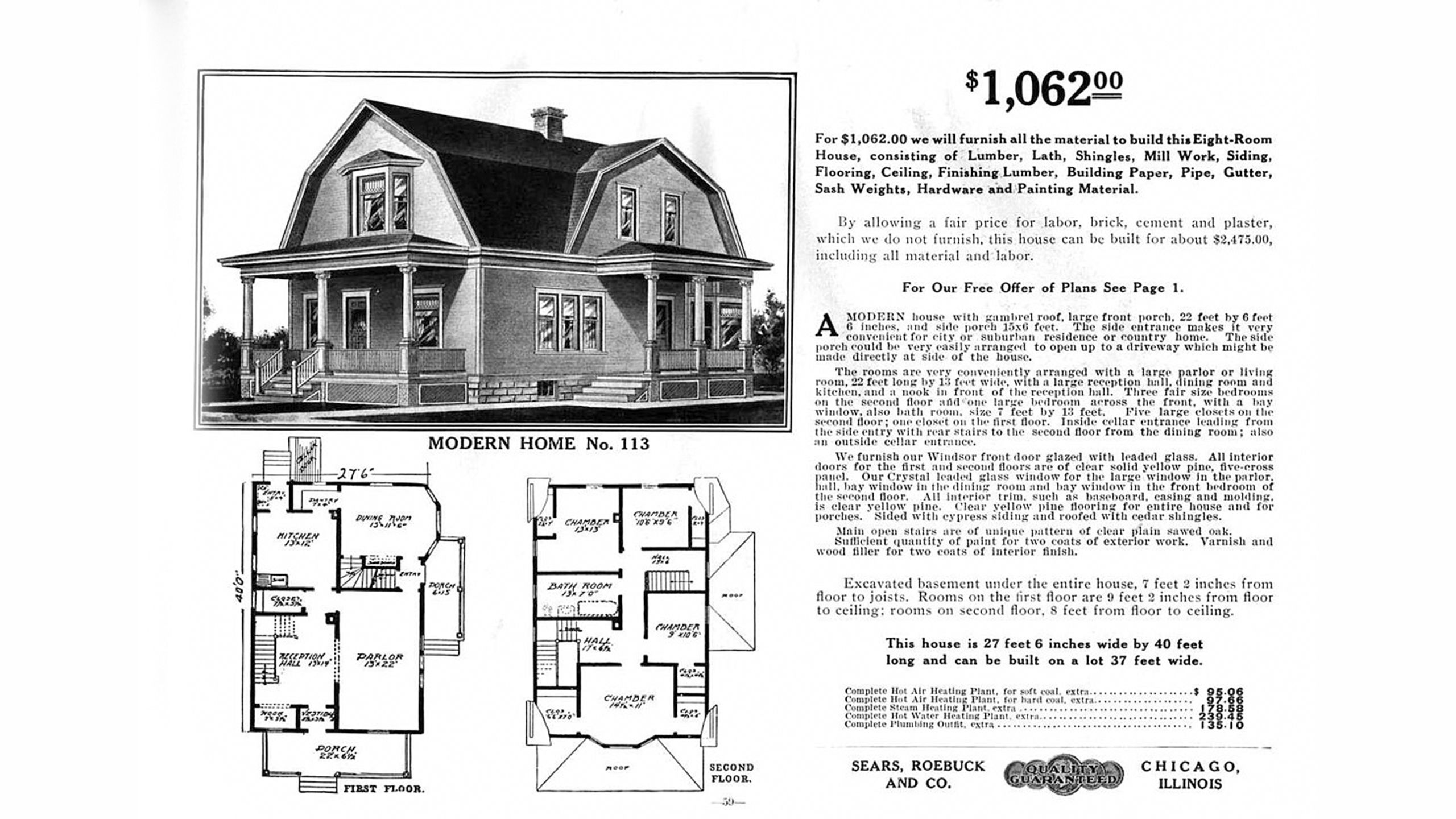

Marshall Plan: How to Fix Vacant Housing
If housing blight costs money, renovating vacant housing and creating new affordable housing also costs money. Where might that investment come from? An examination of community land trusts and the Community Reinvestment Act.
(Photo: Operation Hope)
To read the transcript, click here.



Starfish Solutions: What Can We Do If We Try?
In the series finale, we examine how to get people who aren’t directly affected by vacant housing to care about finding a solution. How do you focus policymakers on a problem with so many different moving parts?
To read the transcript, click here.

